16th January 2021

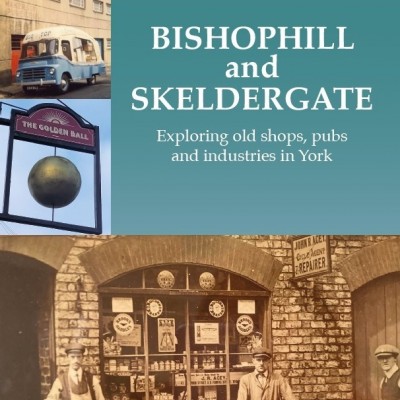


View navigation
16th January 2021
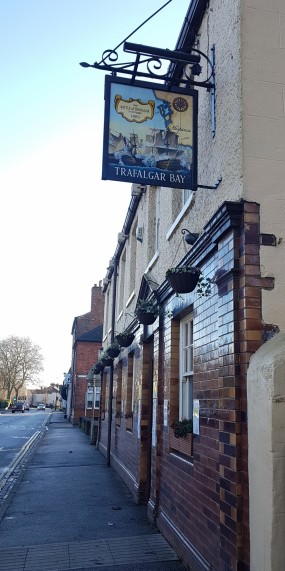 Before lockdown, the History Group was using the Trafalgar Bay pub on Nunnery Lane as a local history hub, thanks to Sarah and Phil there. This reflects the Cygnet Group in the early 1990s, who used to meet at the old Cygnet pub and produced the publication Down Nunnery Lane.
Before lockdown, the History Group was using the Trafalgar Bay pub on Nunnery Lane as a local history hub, thanks to Sarah and Phil there. This reflects the Cygnet Group in the early 1990s, who used to meet at the old Cygnet pub and produced the publication Down Nunnery Lane.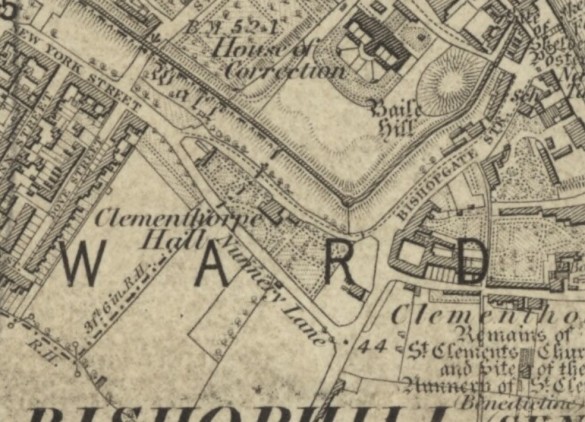
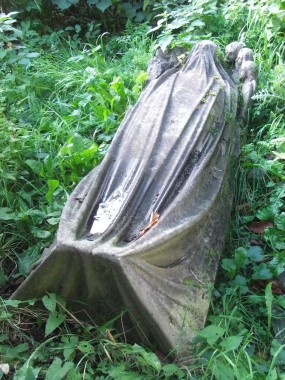 Most local people won't know about a renowned sculptor who lived on Nunnery Lane. Mark Hessey had a reputation which extended beyond the city of York. Several examples of his work still exist locally, among them the bust of Shakespeare in the apex of the gable of the Theatre Royal, the arms of the Merchant Adventurer's company over the entrance archway in Fossgate and a statue of the Virgin Mary at the Bar Convent. He also sculpted an intriguing monument in York Cemetery for his younger brother Charles, a railway clerk. (Photo courtesy of Catherine Sotheran)
Most local people won't know about a renowned sculptor who lived on Nunnery Lane. Mark Hessey had a reputation which extended beyond the city of York. Several examples of his work still exist locally, among them the bust of Shakespeare in the apex of the gable of the Theatre Royal, the arms of the Merchant Adventurer's company over the entrance archway in Fossgate and a statue of the Virgin Mary at the Bar Convent. He also sculpted an intriguing monument in York Cemetery for his younger brother Charles, a railway clerk. (Photo courtesy of Catherine Sotheran)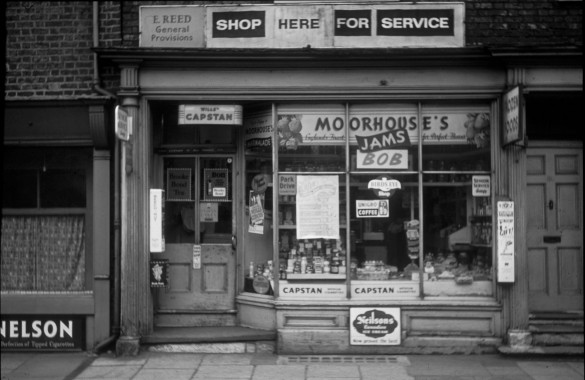
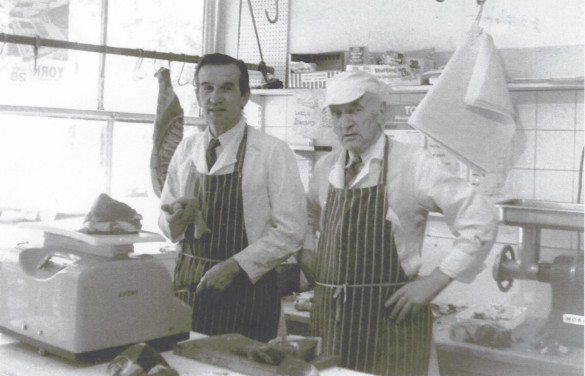 We had a lot of material from the family of butcher Harold Wilson, at 59 Nunnery Lane, with three generations of butchers until they sold up to Tony Neary in the 1980s. We were given a lovely poem written by a customer about this shop. The butchers were William, Harold and Colin, and there was a slaughterhouse behind the house and shop. (Photo of Colin and Harold courtesy Shenagh Linton)
We had a lot of material from the family of butcher Harold Wilson, at 59 Nunnery Lane, with three generations of butchers until they sold up to Tony Neary in the 1980s. We were given a lovely poem written by a customer about this shop. The butchers were William, Harold and Colin, and there was a slaughterhouse behind the house and shop. (Photo of Colin and Harold courtesy Shenagh Linton) There were three pubs in a row at the west end of Nunnery Lane. (Photo Hugh Murray).The Wheatsheaf was in what is now a small park area next to the Trafalgar Bay, a large corner building with three storeys, separated by an alleyway which led to ‘Trafalgar Square’ behind the pub. It dated from around 1837, when it was known as the Golden Ball beer-house in Dale St (not to be confused with the Golden Ball still there in Cromwell Road). Later it became the Barley Sheaf, The Crown and eventually the Wheatsheaf. It finally closed in 1938 and was later demolished.
There were three pubs in a row at the west end of Nunnery Lane. (Photo Hugh Murray).The Wheatsheaf was in what is now a small park area next to the Trafalgar Bay, a large corner building with three storeys, separated by an alleyway which led to ‘Trafalgar Square’ behind the pub. It dated from around 1837, when it was known as the Golden Ball beer-house in Dale St (not to be confused with the Golden Ball still there in Cromwell Road). Later it became the Barley Sheaf, The Crown and eventually the Wheatsheaf. It finally closed in 1938 and was later demolished. Guppy’s Enterprise Club was founded by Neal Guppy in the 1960s. In 1974 he bought the building in Nunnery Lane and moved his members’ club there. It has been a centre for art, education, hobbies and leisure activities and a meeting place for groups, clubs and societies. Activities include York War Games Society, Micklegate Artists, York Plastic Models Society, WEA classes, writers’ groups, yoga, kung fu, music appreciation, jazz, poetry workshops, amateur radio, history classes, jive and ballroom dance instruction. Neil has been a well-known and respected figure in York for many years, remembered by many people who belonged to Guppy’s over the last 50 years. Neal was made an Honorary Freeman of York in 2010. (Photo courtesy Neal Guppy)
Guppy’s Enterprise Club was founded by Neal Guppy in the 1960s. In 1974 he bought the building in Nunnery Lane and moved his members’ club there. It has been a centre for art, education, hobbies and leisure activities and a meeting place for groups, clubs and societies. Activities include York War Games Society, Micklegate Artists, York Plastic Models Society, WEA classes, writers’ groups, yoga, kung fu, music appreciation, jazz, poetry workshops, amateur radio, history classes, jive and ballroom dance instruction. Neil has been a well-known and respected figure in York for many years, remembered by many people who belonged to Guppy’s over the last 50 years. Neal was made an Honorary Freeman of York in 2010. (Photo courtesy Neal Guppy)